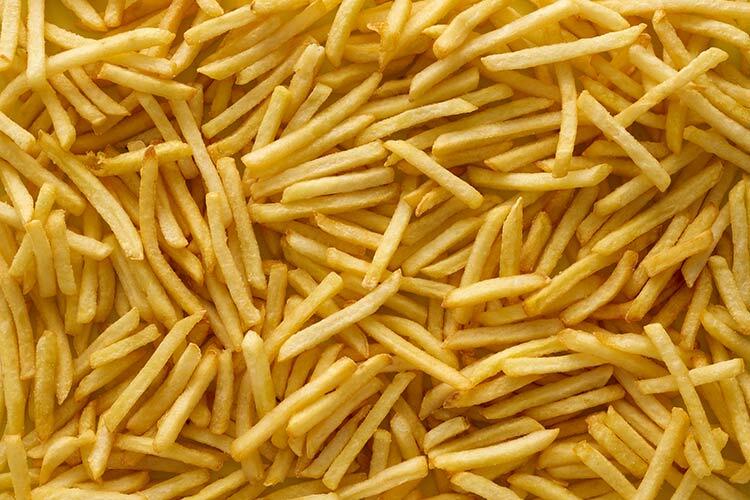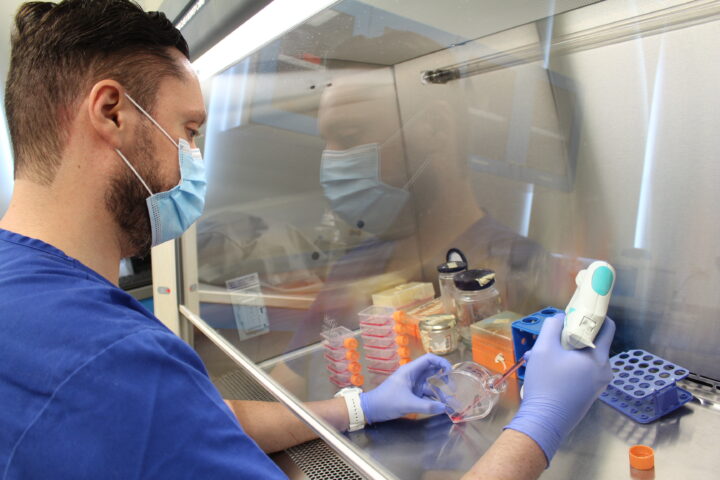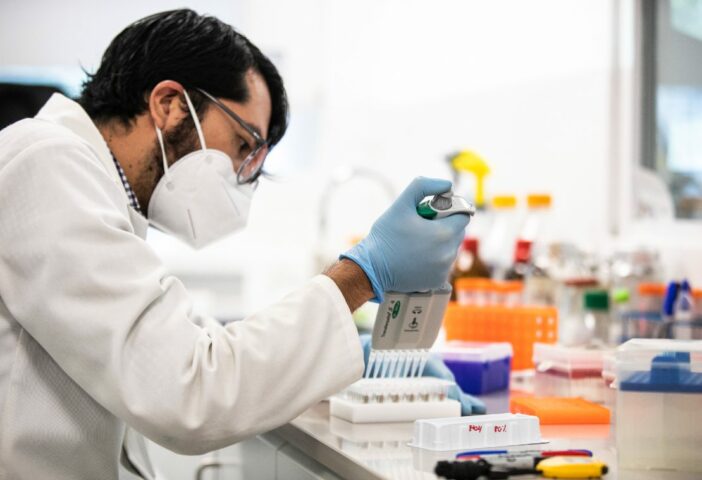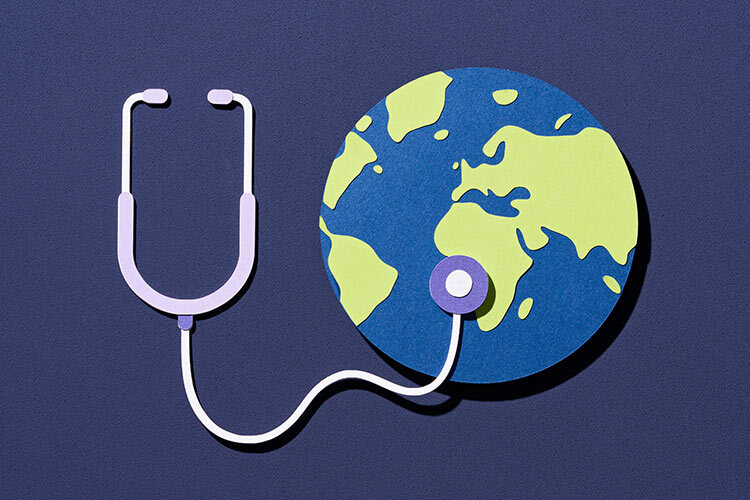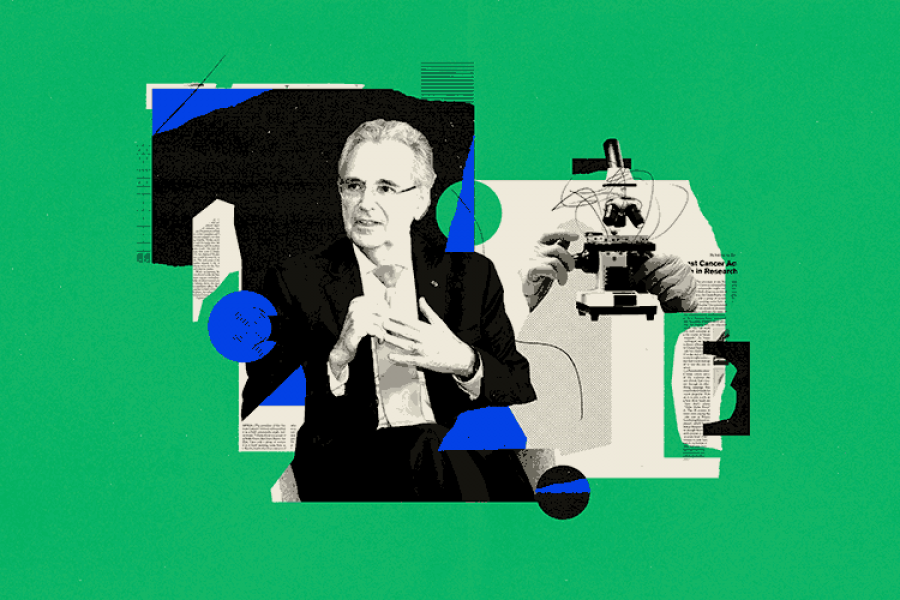Our attraction to French fries, pasta, bread, or sweets might trace back to a gene responsible for starch digestion in saliva, which duplicated while we still lived in caves. This is the conclusion of a study published this week in Science journal.
Researchers from the University of Buffalo and the Jackson Laboratory, both in the U.S., have uncovered that the duplication of the salivary amylase gene (AMY1) played a key role in human adaptation to carbohydrate-rich diets.
The study reveals how the early copies of this gene laid the foundation for the vast genetic variation we still see today, affecting how efficiently humans digest starchy foods. AMY1 may not only have shaped our adaptation to starch-heavy diets, but its duplication could have occurred more than 800,000 years ago, long before the advent of agriculture and even before humans and Neanderthals diverged, the authors note.
“The more amylase genes you have, the more of this enzyme you can produce, and the more efficiently you can digest starch,” explains Omer Gokcumen, co-author of the study and a researcher at the University of Buffalo.
What surprised Gokcumen most about the investigation was “the remarkable structural variability we observed in this region of the genome, something quite rare for protein-coding genes.”
“Fascinatingly Ancient” Duplications
He adds, “It was fascinating to discover the ancient origin of the initial copies. These early duplications made the region inherently unstable, which continues to drive the variation we see today.”
The researchers analyzed DNA from 68 ancient humans, including a 45,000-year-old specimen from Siberia, and found that pre-agricultural hunter-gatherers already had between four and eight copies of the AMY1 gene. This indicates that the ability to digest starch was an important trait long before the domestication of plants.
By using advanced technologies like long-read sequencing, the researchers were able to map this region of the genome with unprecedented detail. “Previously, short-read techniques couldn’t accurately differentiate between copies of the gene due to its repetitive nature,” Gokcumen explains.
Starch-rich foods are an excellent source of calories, and for much of our evolutionary history, securing enough food was a constant struggle.
“Our ancestors likely craved high-calorie foods, especially during times of famine. A calorie-dense dish like Spanish tortilla would’ve been a dream come true for our forebears on the savanna,” Gokcumen jokes.
A Genetic Drive for Carbohydrates
“This strong drive for carbohydrates is partly coded in our genetics. The variation in the AMY1 gene may influence how we taste and metabolize starchy foods, but more research is needed to fully understand its impact,” he emphasizes.
As for the link between genetic variation in this gene and its effects on modern metabolic health, Gokcumen says that “the exact mechanisms by which AMY1 affects human health are still debated.”
What this research clearly shows, he stresses, “is that AMY1 has been maintained and even adaptively duplicated to provide some evolutionary advantages to the human lineage.”
However, “it’s still unclear whether the primary effect is directly metabolic (related to digestion), sensory (how we perceive starchy foods), indirect through the microbiome, or a combination of these factors.”
Gokcumen also points out that “the effects of AMY1 variation depend largely on diet. For example, the number of copies of this gene may have little impact on someone following a ketogenic diet—low in carbs. Our study lays the groundwork for better understanding these complexities.”
Copies Found in Neanderthals and Denisovans
The authors also found evidence of AMY1 gene duplications in both Neanderthals and Denisovans.
Gokcumen clarifies, “If these copies are identical by descent, this would suggest that the initial duplications occurred before humans and Neanderthals split, possibly 800,000 years ago.”
However, he continues, “it’s also possible that interbreeding between early human populations and archaic hominins played a role, or that independent duplications happened in both lineages. More research is needed to clarify these possibilities. In any case, our study clearly demonstrates that the initial copies predate agriculture,” he reiterates. (SINC Agency)
